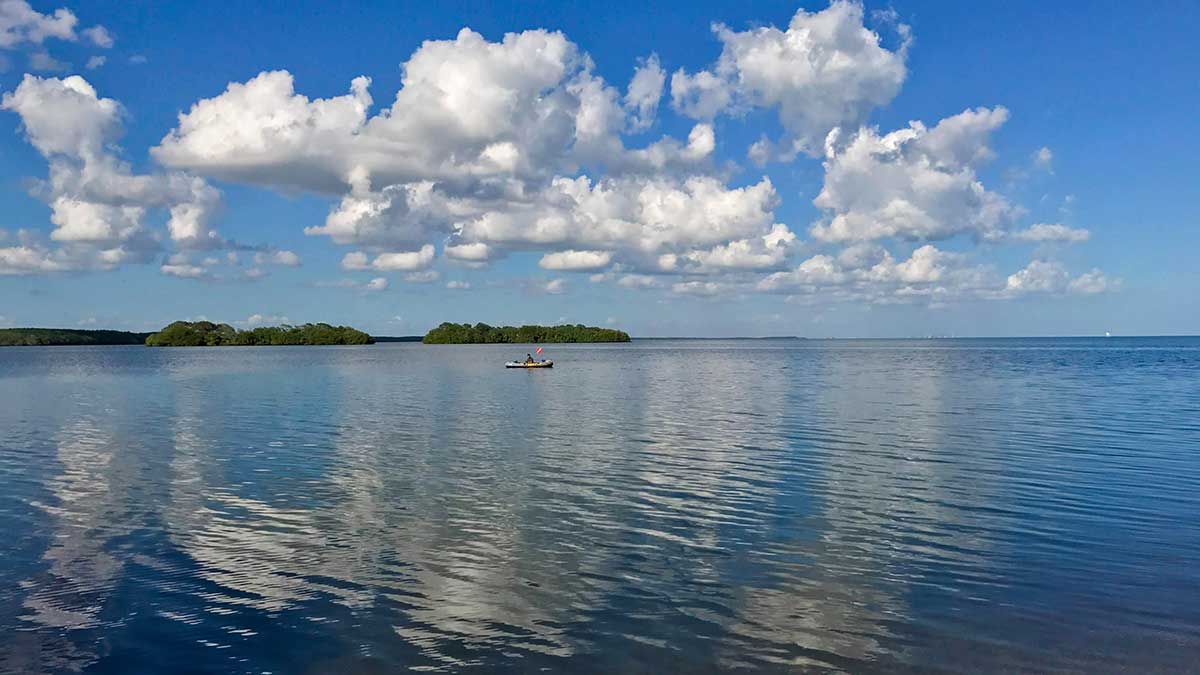
Biscayne National Park. Photo by Suresh Ramamoorthy.
The first leg of the big problem is lack of freshwater flow into Florida and Biscayne Bay. Biscayne Bay is a subtropical shallow estuary that is home to two state aquatic preserves, a critical wildlife area, a national park, and a national marine sanctuary.
Lack of Fresh Water
So, the first leg of the big problem is lack of freshwater flow into Florida and Biscayne Bay. Biscayne Bay is a subtropical shallow estuary that is home to two state aquatic preserves, a critical wildlife area, a national park, and a national marine sanctuary. So, what is an estuary? An estuary is a partially enclosed coastal body of brackish water with one or more rivers or streams flowing into it and a free connection to the sea. There actually used to be freshwater springs in Biscayne Bay awhile back.
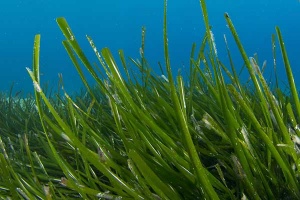
Seagrass. Photo Courtesy of Barbara McAdam.
Estuaries are a transition zone between river environments and maritime environments. The mixing of seawater and freshwater provides high levels of nutrients in both the water column and the sediment, making estuaries among the most productive natural habitats in the world, in fact they are often called the nurseries of the sea because numerous animal species rely on estuaries for nesting and breeding. Estuaries filter out sediments and pollutants from rivers and streams providing cleaner waters for human and marine life.
Today natural freshwater flows into the bay have been replaced by pulsed, point source discharges from dredged canals. More than half the fresh water received by the bay enters from the northern most canals. Obviously, “fresh” water running into the bay from canals are not that fresh. In fact, that’s where the most notable die offs of sea grass have occurred and where the dead fish first appeared in the bay this summer.
Global Warming
I went to a presentation by a UM Geography professor last spring at the Coral Gables Museum. It was about global warming and its effect on rising sea levels. He said that sea level rise was accelerating. That the world population had quadrupled since 1942 and that energy use had increased 7-fold since then. Human induced global warming is caused by the sun’s radiation reflecting off the earth but getting trapped and turned into heat by the excess greenhouse gases that have built up by burning fossil fuels and other human activities. So, we have all heard about global warming by now. BUT DID YOU KNOW THAT 93% OF THAT EXCESS HEAT IS ABSORBED BY THE OCEANS??? I sure did not!!
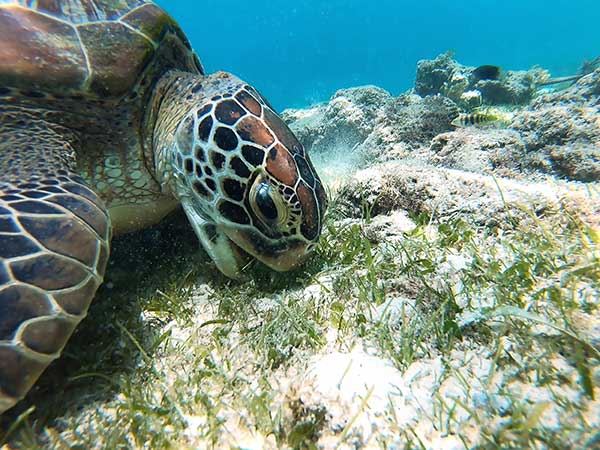
Brown Turtle. Photo by Olga Tsai.
Unfortunately, when you add CO2 (carbon dioxide) to the atmosphere and the oceans it creates carbonic acid which lowers the oceans ph—making it more acidic and more difficult for corals to build their skeletons and shellfish to build their shells. The upper layers of the open ocean have lost between .5% and 3.3% of their oxygen since 1970 according to a UN report issued in September ’19. The oceans themselves are becoming hotter, more acidic and less oxygen rich as a result according to the report.
So how about back in here in Miami? Well, last summer when we had that hideous algae bloom and fish kill in the bay, the water was 9 degrees warmer than normal, according to this FIU presentation I watched about the bay [on this site's Videos page]. They also said that warm water holds less oxygen than cold water. So now we have a bay with warmer water, less oxygen, less fresh water coming in and then you get the third element---
Nutrient Run Off
a.k.a. phosphorus/fertilizer. These nutrients increase the algae in the bay and these plants use oxygen. This combination means dying seagrass. And low dissolved oxygen which causes fish and plants to basically suffocate. Kelly Cox did a good job of listing the things you can do in your yard to help. And this is particularly important. BUT she did not discuss what I consider to be equally important. Clearly you can see if we are dealing with issue on water flow that starts in central Florida this is not only a Miami-Dade issue. And clearly you can see all these things we can do to turn this around take money. Therefore, I think it is equally important to make your vote count and consider those who run for office that want to earmark money for these very needed projects on every level up to the federal. Because the pollution isn’t just coming from your run off ’s, it is coming from a sewer system that is way overdue for repairs in Ft. Lauderdale that dumped 230 million gallons of sewage into the rivers and canals just between December 2019 and February 2020. It is agricultural runoff. It is a lot of things!
The good news is that this can be done. Both Sarasota and Tampa were suffering from major sea grass die-offs and they turned it around. We can as well but it takes money and a government that wants to work on the problem.
Please visit The Hothouse Blog soon for the next leg of our Biscayne Bay discussion with an article by Barbara McAdams of the University of Florida extension service and her “Protecting Biscayne Bay: Buffer Zone Planting and Plants”.
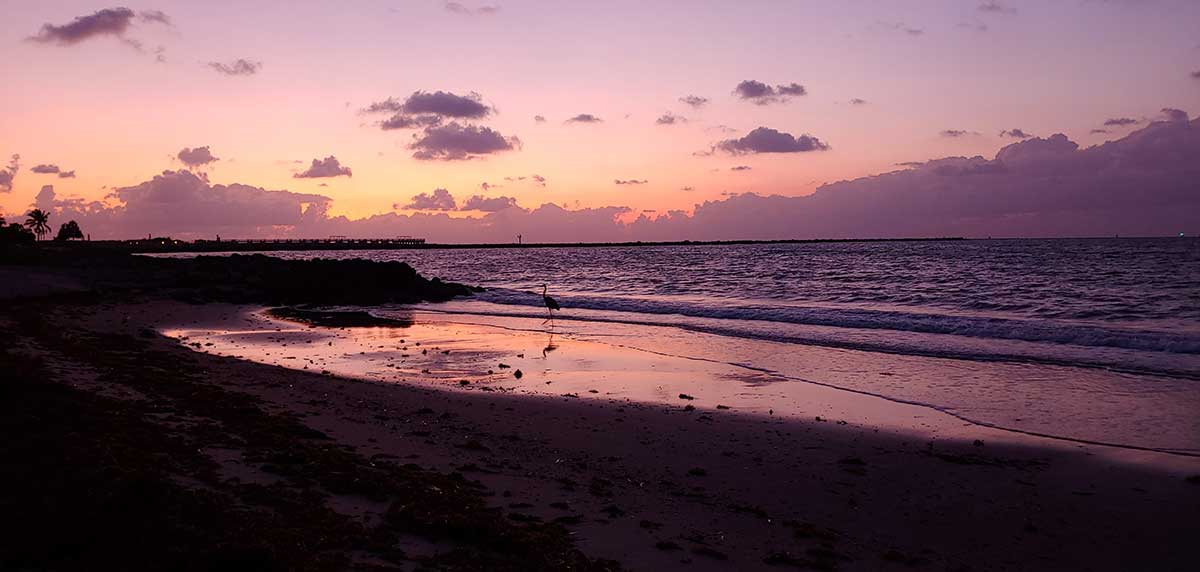
Biscayne Bay Sunrise. Photo Courtesy of Ana Zangroniz.
About the Author
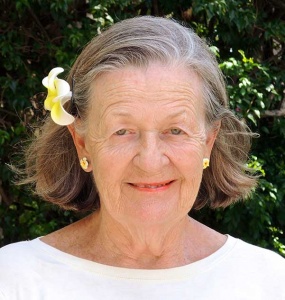
Linda Lawrence Waldron currently writes the Green Gables column in Gables Living Magazine. As a garden club member, Linda chaired the committee that established the Coral Gables Library Butterfly Garden.
Sign up here for email notifications about new Hothouse Blog articles!
More articles on the subject:
More from our blogs
See all postsRecent Posts
- April 2023 April 1, 2024
- Good News on Environmental Plastics February 1, 2024
- Material World / Plant World January 1, 2024
Leave a Comment cancel
This site uses Akismet to reduce spam. Learn how your comment data is processed.



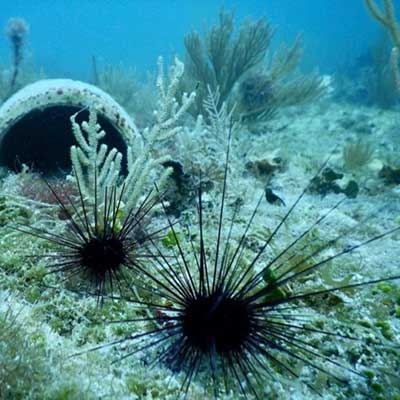
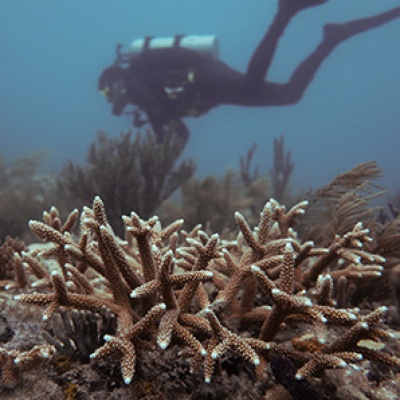
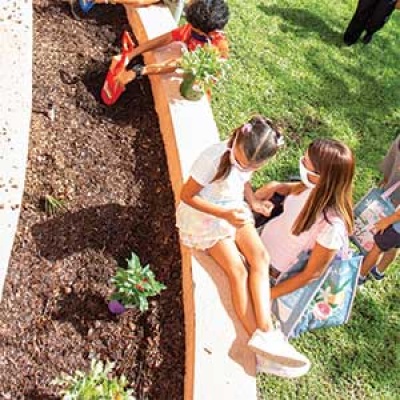
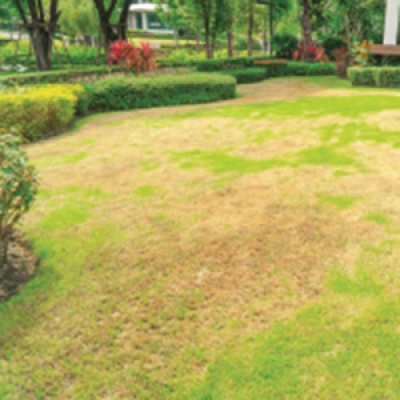
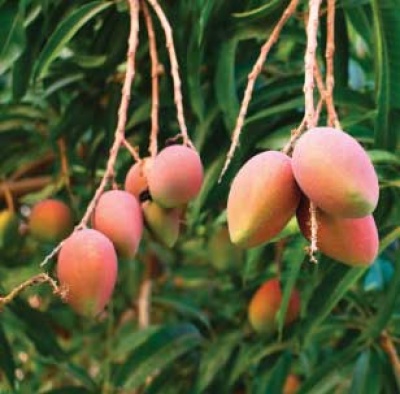
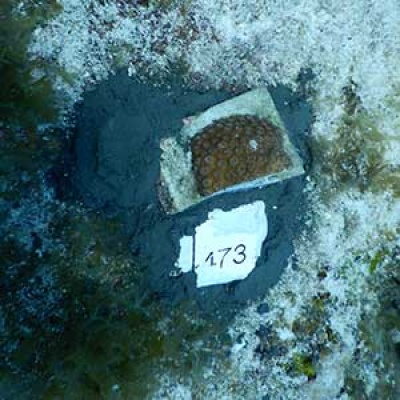

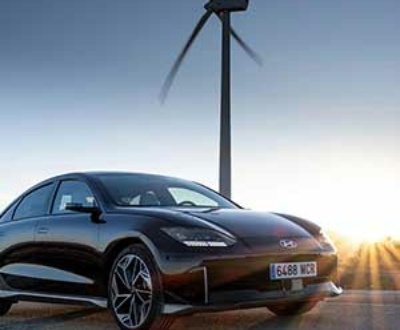

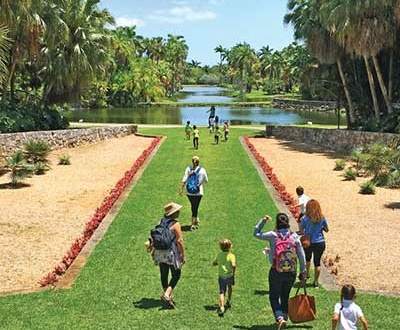
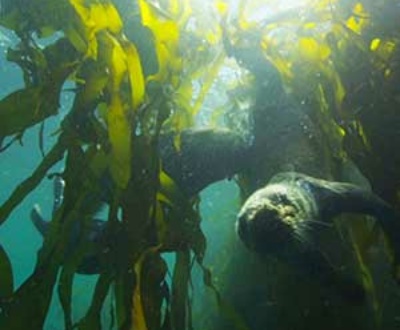
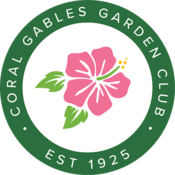
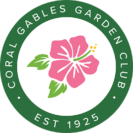
Linda- Thank you for this article, it really highlights the problems we are facing with the health of Biscayne Bay. I'm wondering what Sarasota and Tampa did to turn this situation around.